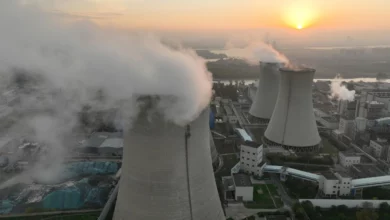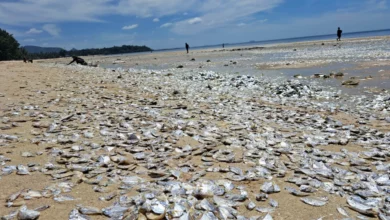Mohamed Nasr el-Din Allam, water resources and irrigation minister, said that the use of agricultural drainage canals for fish breeding is only permitted if the quality of water in the canals meets certain standards and if the approval of the health and environment ministries is obtained.
Allam denied that sanitization of the Mariouteya canal led to the death of the fish in the canal, saying that the cleaning process "has been going on for thousands of years and is carried out periodically every winter."
The minister added that the law on fish resources bans the establishment of fish farms in fresh water, but allows for farms to be established in salty or non-salty water upon obtaining authorization from the relevant ministries. He pointed out that not every canal is suitable for fish breeding.
The minister further added that the ministry will inspect all fish farms established in agricultural canals to see if their water is fit for establishing such farms.
Meanwhile reports from the committee formed by the General Authority for Fish Resources Development, part of the Ministry of Agriculture, confirmed that sanitization of the Mariouteya canal was one of the reasons behind the death of the fish.
Mohamed Fathi Othman, head of the fish resources authority, said that carrying out the sanitization process using rigs raises the turbidity of the water which, in turn, decreases the percentage of oxygen in the water. He said the committee had found signs that the fish suffocated to death due to a drop in oxygen levels.
Ezzat Awwad, an international expert and former head of the fish resources authority, called on appropriate bodies to set up a committee of experts to take samples of the Mariouteya water for analysis, to determine the cause of death of the fish.
Awaad said that oxygen depletion in agricultural drainage canals can be attributed to contamination by sewage water, denying that the sanitization process might be a plausible reason for the mass death of the fish.
Awwad added that a drop in oxygen levels below the safe levels of one to five milligrams per liter indicates biological contamination due to sewage water. However, he said, if the results of laboratory analyses show that the levels of oxygen are within the safe limits, then there is a possibility the water was contaminated with poison or industrial drainage.
Translated from the Arabic Edition.




